Do you have that mindset that Arabica is always better than Robusta? Though it may seem that way, the truth is, Robusta also offers terrific tastes - and they even got what-so-called Fine Robusta!
Curious? Let's read more about Robusta in this post!
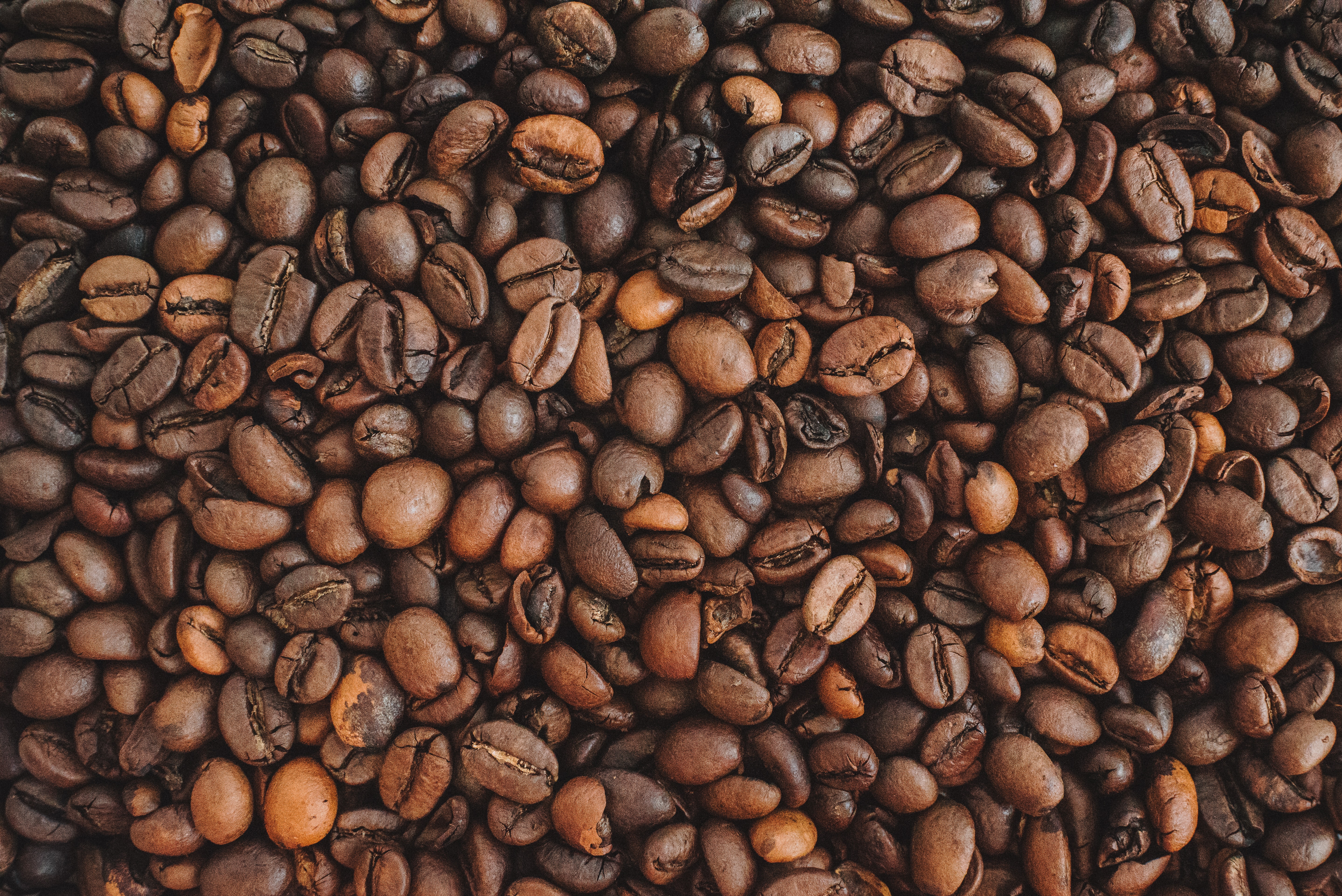
Fault Concepts of Robusta
The 'now' specialty coffee industry often ignores the presence of Robusta. For some people, Robusta is that underestimated ugly duckling.
Whereas long before this industry spread and in every corner of the city, there were coffee shops, Robusta had triumphed. With its distinctive taste and high caffeine content, Robusta has been a prima donna. Everyone craves Robusta, loves its bitterness and strength, and is fascinated with the energy it gives off after a sip.
However, the industry is now shifting, and so is the position of Robusta. Arabica fulfills almost everyone's demands because it's flavorful and has various tastes and aromas; it is also low in caffeine, so it is safe for anyone to consume. People consider Robusta as the 'stepchild,' the drink of the elders, people who aren't up to date, and manual laborers who don't care about taste and quality.
Did you know that Robusta also has some levels? There is a fine Robusta - a high-quality robusta, and a Robusta Q-grader, also called R-grader. In Viet Nam, we see that Robusta is still loved. Besides being used as ca phe sua da, most of the Robusta from the Dalat area is of good quality with a characteristic taste that is not only bitter. Robusta from Viet Nam is one of the best Robusta we've ever tried. Even manually brewed, it's still delicious - not just to be mixed with milk or pounded.
Robusta can also be delicious, flavourful, and enjoyable - on the same level as Arabica only if the farmers and those involved in the process upstream know how to enhance it. Even the roasters can also help to make the taste better!
Not Just a Bitter Taste
Flash news: Robusta, considered a bitter coffee with high caffeine, can also be delicious.

The enjoyment of Robusta can come from the complexity of the taste it brings, even though it may not be as 'lively' as Arabica. You can justify this sentence because we once tasted a fine robusta that tastes sweet caramel has a medium body, and is far from the taste of 'rubber' and burnt.
The only thing that all of us must understand is that Robusta is not just a mixture of a few percent house blend for a thicker taste or a traditional brewed coffee drink that only older people can enjoy. If processed adequately from upstream, Robusta can provide the pleasure that makes anyone chuckle in awe.
Then what makes Robusta often considered a bitter coffee that is tormenting? Maybe because the coffee industry players need to see Robusta as a potential thing. So the processing could be more optimal. That's understandable because creating a good robusta takes money and time. If it is like this and no market wants to value Robusta at a high price, it will undoubtedly harm the perpetrators.
If the market is ready with fine Robusta, there will be people who dedicate themselves to processing delicious Robusta. Then if it's good, the assumption about the 'bitterness of robusta' can be demolished. However, getting there is a long process and must involve many parties!
The Potential of Robusta Coffee
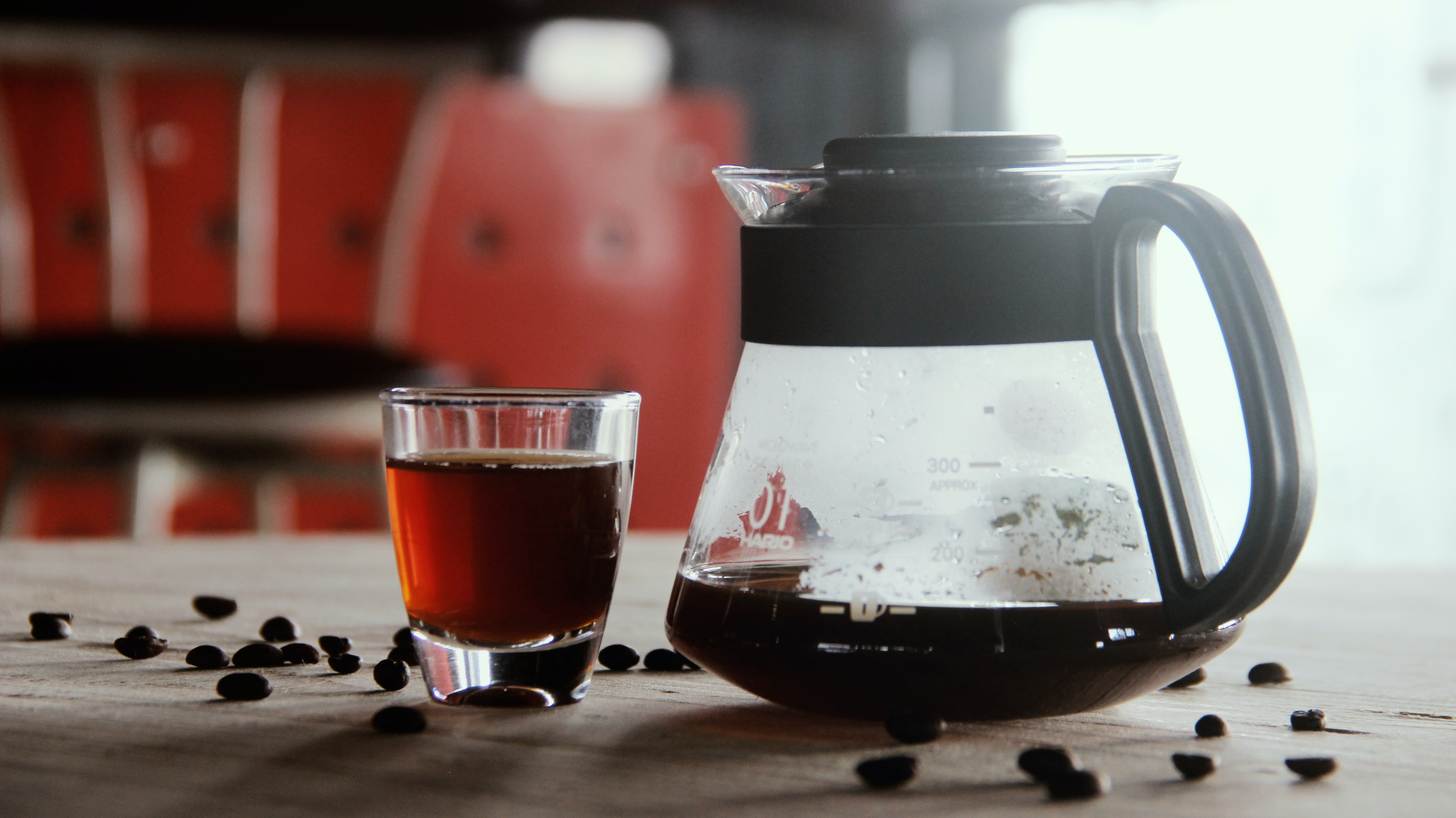
Classic Coffee Brewing / Traditional Coffee
Believe it; everyone knows that coffee drinks start from steeping classic or traditional coffee. The coffee is purchased in powder form from the shop, then poured with hot water and stirred. If the character of the taste is still too strong, add a few spoons of sugar.
House Blend
Robusta is no longer a secret to its distinctive taste and has been blended with Arabica for a long time to produce a house blend. These houses blended coffee beans are often known as espresso coffee beans or milk-based espresso blends. Have you ever thought about trying to make your own Robusta at home with the available Arabica? Robusta can be an alternative hobby for coffee lovers at home by creating their house blends and trying different coffee beans with different percentages.
Alternative for Making Milk Coffee
It is common to use house-blended coffee beans specially formulated to make milk coffee, such as cappuccino or latte. However, have you ever made milk coffee using robusta coffee? The taste character created is no less interesting, you know. Explore single-origin Robusta from many regions, and experience how your milk coffee tastes different every time you use Robusta from a different origin.

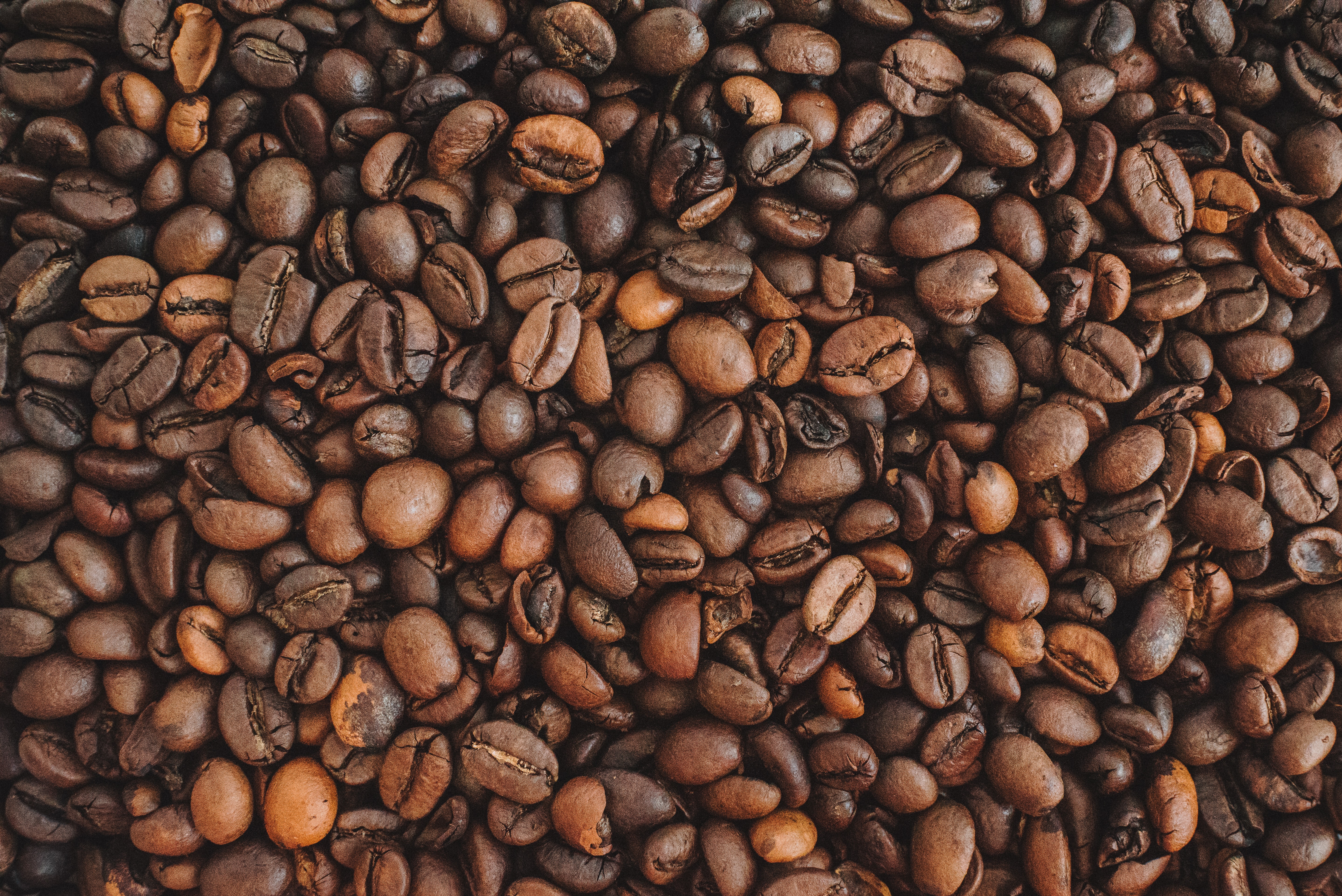



.png)

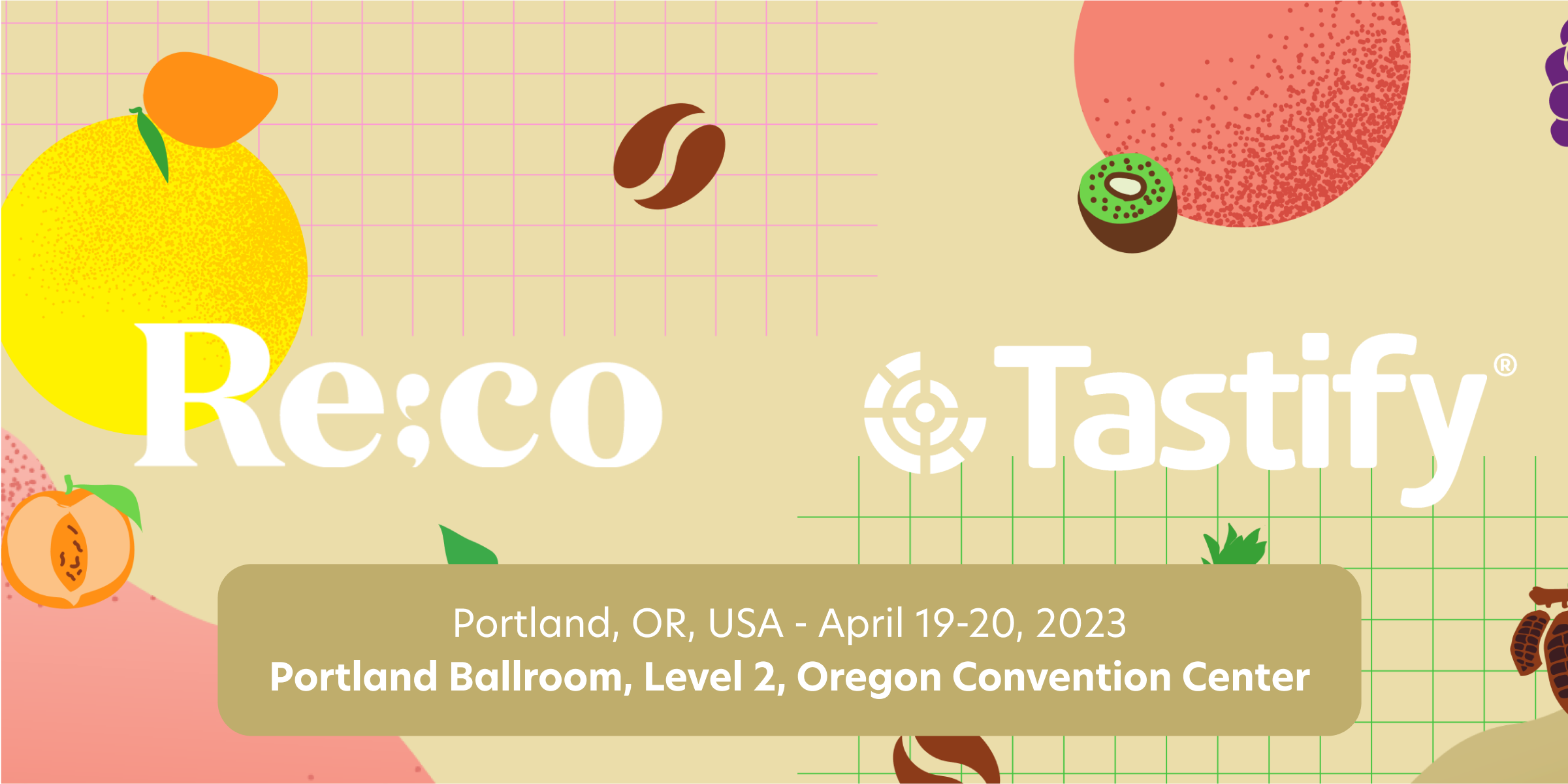

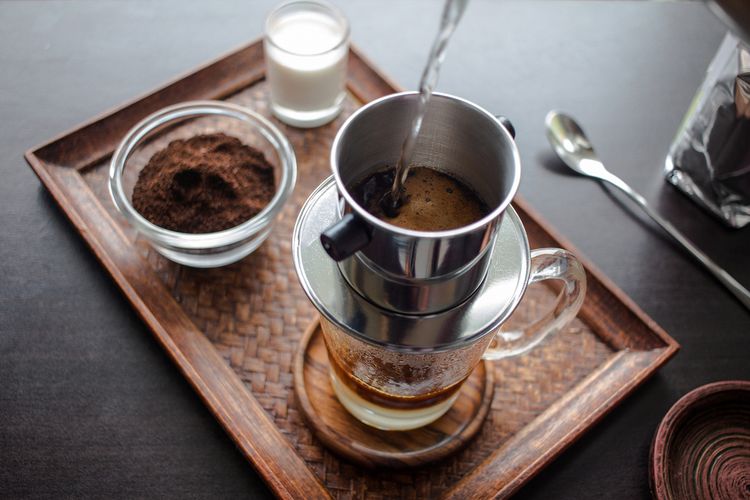

Comments